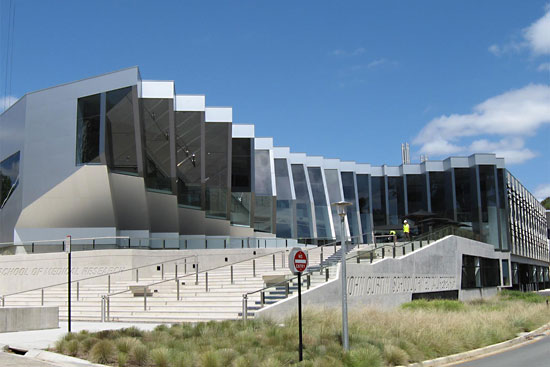ANU: Smart slides help detect cancer
Australian researchers have created ‘smart’ microscope slides that can detect breast cancer cells.
The innovative tech, NanoMSlide modifies microscope slides at the nanoscale and has been developed by researchers at La Trobe University.
Now the team and their partners, including researchers from ANU, have proved it works, with their new study showing how the slides use striking colour contrasts to instantly detect disease.
In the study, the researchers trialled the slides to diagnose early-stage breast cancer.
ANU Deputy Vice-Chancellor for Research and Innovation, Professor Keith Nugent, is a co-author of the study. He says the new tech could revolutionise the world of medical imaging.
“This is a remarkable new way of seeing the microscopic world that has the potential to revolutionise the way that we can rapidly detect diseases such as breast cancer,” Professor Nugent said.
“It is unlike any other method we have at the moment and highlights the important ways in which basic physics research can directly lead to new life-saving technologies.”
The slides work by giving a striking colour contrast to biological structures and cells. According to the team, it is like seeing the cancer “popping” up out of the slide.
Project lead, Professor Brian Abbey has spent the past five years developing the technology at La Trobe University with co-inventor Dr Eugeniu Balaur.
“Current approaches to tissue imaging often rely on staining or labelling cells in order to render them visible under the microscope,” Professor Abbey said.
“Even with staining or labelling, it can be challenging for pathologists to detect cancer cells, with the risk that some samples are misdiagnosed, particularly during the very early stages of disease.
“Recent breakthroughs in nanotechnology have allowed us to manipulate the interaction of light with biological tissue so that abnormal cells appear to have a different colour to healthy ones.
“Comparing images from our slides to conventional staining is like watching colour television when all you’ve seen before is black and white.”
The study, published in Nature, involved researchers from La Trobe, ANU, the Garvan Institute of Medical Research, the Royal Melbourne Hospital, the Olivia Newton‐John Cancer Research Institute and the University of Melbourne.

